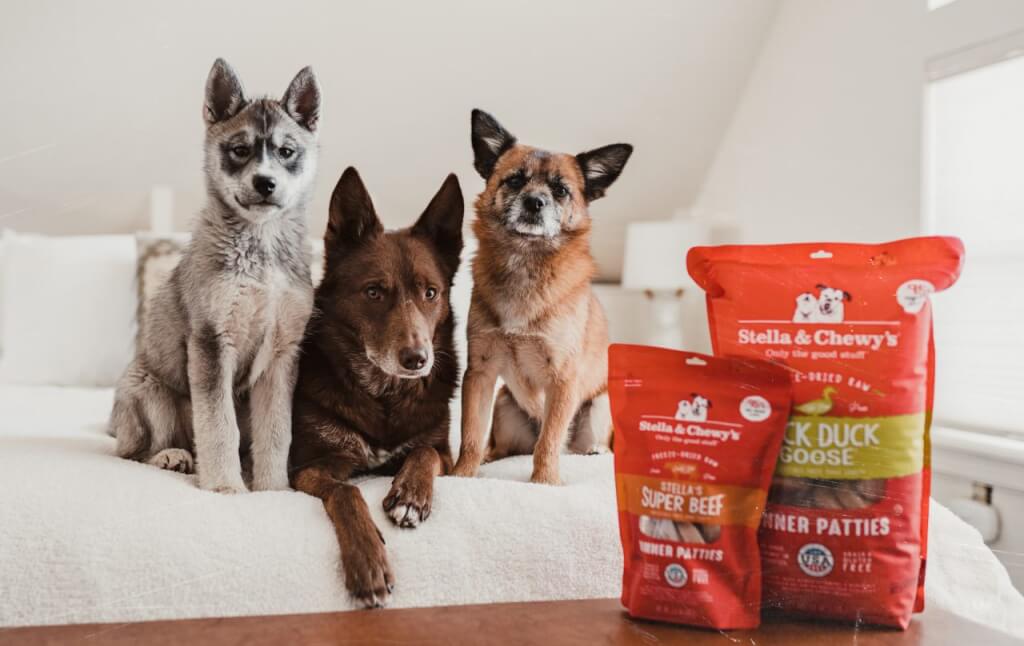
Bringing a new dog or puppy into your family and home can feel exciting and daunting—especially if it’s your first time as a pet parent. Caring for a dog is a big commitment, and you want to make your new furry family member as comfortable as possible. Just remember it’s also a big change for your new puppy, and the extra responsibilities will be truly rewarding. Use this guide and supply checklist to make a paw-sitive start!
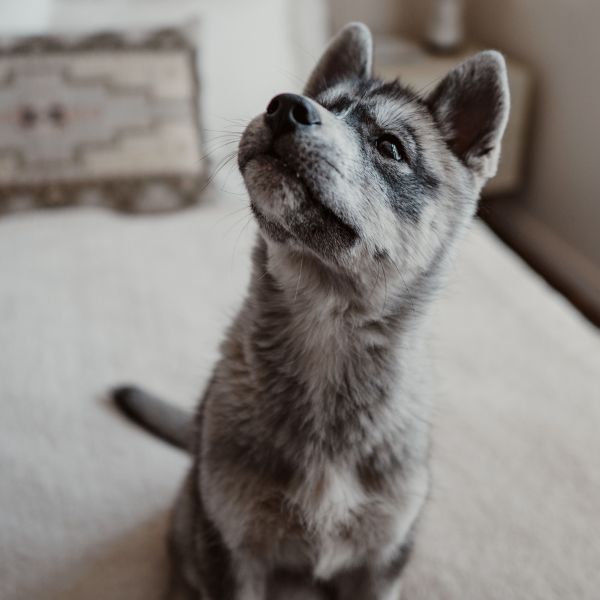
Before Adding a Puppy or Dog to Your Family
If you haven’t made up your mind yet, you may be wondering how to choose the right dog for your lifestyle. Consider these key points before diving in:
Where you live: If you rent, you’ll want to make sure your landlord allows dogs, and find out if you’re required to have liability insurance or a pet deposit. Some condominium or homeowner associations restrict certain pets, or the number of pets you’re allowed to have. There are also neighborhood and city regulations such as licensing requirements and animal control laws to be aware of.
Breed and lifestyle: When it comes to choosing a dog breed, there’s much more to it than how they look! It’s important to think about your lifestyle and what type of dog would be a good fit for your activity level, kids (if you have them), and yard (if you have one). If you have your heart set on a purebred you can do your research online or talk to reputable breeders. If you’re looking for a rescue, the staff at your local animal shelter will know a lot about the dogs they have and can steer you toward a good match.
Budget basics: A new dog can be a significant financial commitment, especially during the first year when you’ll have the most supplies to buy. You’ll want to make sure you’re ready to support your new puppy or dog for their lifetime. Consider all the costs, including regular vet check-ups, unexpected medical care, dog food, grooming, and pet sitting. Time is another valuable resource: evaluate your work, school, and social calendars and decide if you’ll have enough time to spend with your dog.
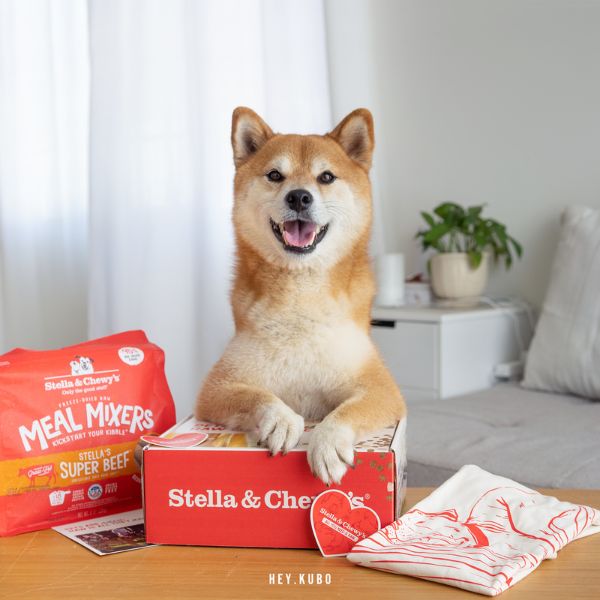
Supply Checklist for a New Puppy or Dog
These are the minimum essentials you’ll need for a new puppy or dog, before you bring them home:
- Gates: Use dog gates (or baby gates) to block off unsafe parts of your home such as stairwells, or to limit your puppy to certain areas until they’re housetrained.
- Crate: Your dog needs to be able to stand up, lie down, and turn around inside the crate. If you’re getting a puppy, choose a crate that will be an appropriate size when they’re full grown (you can use a crate divider to adjust the interior space while they’re growing). Learn more about crate training your dog to make sure it’s a positive experience!
- Food & water bowls: Stainless steel and ceramic are the easiest to clean. Your dog might chew or scratch plastic dishes, or even develop an allergy to plastic.
- Leash, collar, tags & poop bags: Many pet stores can customize dog tags for you while you wait, or you can shop online. Just make sure you have suitable ID tags and a collar with you when you go to pick up your dog. Most communities require you to pick up your dog’s waste, so stock up on bags and a scooper.
- Dog bed: Choose a dog bed that will allow your pup to lie comfortably whether they’re curled up, stretched out, or flopped down. Look for machine-washable options, or beds with a removable cover. Tent or igloo-style dog beds can help anxiety-prone dogs feel more secure.
- Brushes & nail clippers: You’ll need a brush with the right type of bristles for your dog’s coat, as well as clippers for trimming your dog’s nails, or plan to get them professionally trimmed. Learn more about dog grooming and why it’s worth keeping up with.
- Toothbrush & toothpaste: Make sure you get toothpaste formulated for dogs, as human toothpaste is toxic to animals. If using a toothbrush proves challenging, you can try a flexible finger brush.
- Toys: Puppies and dogs love to play! You can even find treat and puzzle toys designed to provide mental stimulation, which can help prevent boredom (and the unwanted behavior that comes with it). Choose toys suitable for your dog’s size and energy level, and check with your vet if you have questions about toy safety.
You should also go through every room in your home and remove (or secure) potential hazards such as electrical cords, cleaning products, certain houseplants, fragile items and garbage cans. You can even install childproof latches on cupboards and the toilet seat to keep curious puppies out. Learn more about which common household items are toxic to dogs.
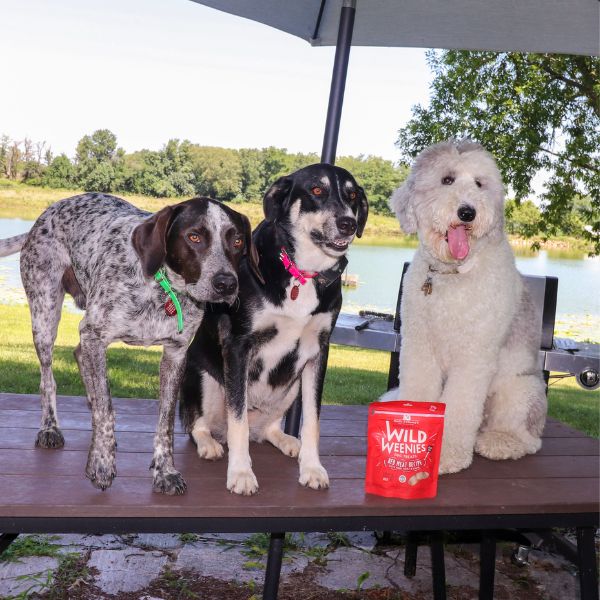
Introducing Your New Dog or Puppy
There are a few things to keep in mind when introducing a new dog or puppy to your home:
Set the right tone for your new life together by acting calm and collected on Gotcha Day. It’s perfectly understandable that you’re overflowing with excitement, but keep in mind you’re taking your new dog into a completely new environment, and they’ll be taking their cues from your behavior. Staying calm will help your dog from feeling overwhelmed, and keep more of their focus on you (so you can establish important ground rules from the get-go).
Take your dog on a walk before you enter your home together. This will help burn off nervous or excess energy, provide a bathroom break, and let your dog take in their new neighborhood.
Keep the leash on while you give your dog a tour of their new home. End the tour by showing your dog where their food and water is, and finally let them off their leash when you arrive at their crate or a designated area where they can relax. Moving is stressful for everyone, and your dog may want to withdraw and rest for a while.
Start the new routine from day one, and try to feed, walk, and play with your dog on a regular schedule. Allow time for activity and attention as well as alone time for your dog. If you have a training plan for your dog, begin with the basics as soon as they’re settled in.
How to Introduce a New Puppy or Dog to Your Pack
Whether your new dog will be meeting a resident dog, or other household members, it’s helpful to make a good first impression. These tips can help the introductions go smoothly:
- Don’t bring other pets when you pick up your new dog. You don’t want to have to manage their interactions while driving.
- To introduce your dog to children, have them sit still and let the dog approach them. Tell your kids to speak softly, move slowly, and not touch the dog’s head (or give them a hug) right away. Never force interactions.
- Avoid triggering territorial behavior or aggression in your current dog by creating separate areas for each dog’s food, bed, and toys.
- Recruit an adult human helper and introduce the two dogs in a neutral place outside the home (like a park). Head there separately, keep both dogs leashed, and let them greet each other. Take both dogs on a walk together before heading home.
- Supervise interactions between your new puppy and current dog, and avoid leaving them alone together until you’re confident they’re getting along.
- Make sure to give both dogs plenty of attention and affection!
Tips for New Dog or Puppy Parents
Now that your new puppy or dog is at home with you, it’s time to work on your bond and build routines that will help your dog relax and trust you, so you can establish good habits.
Training
Use positive reinforcement when training your dog, and be consistent. You need to teach your dog which behaviors you want them to have. Learn more about positive reinforcement in our guide to training your dog to stop barking. You may also want to work with a professional dog trainer.
Vet Visits
Puppies under four months old may need to see the veterinarian as often as every three weeks until they’ve had all their vaccinations. Even if your new puppy is up to date on their shots when you bring them home, you should still take them to see the vet for an initial wellness visit. Dogs of all ages need an annual wellness exam. Your vet will let you know if additional checkups are needed.
Socializing
Just like people, dogs benefit from having friends and playmates. At a minimum, you’ll need to make sure your dog can safely interact with other dogs they encounter. Regular walks and visits to the dog park typically provide ample opportunities, and you can also ask a friend or family member with a calm dog to go on a walk with you and your new pup.
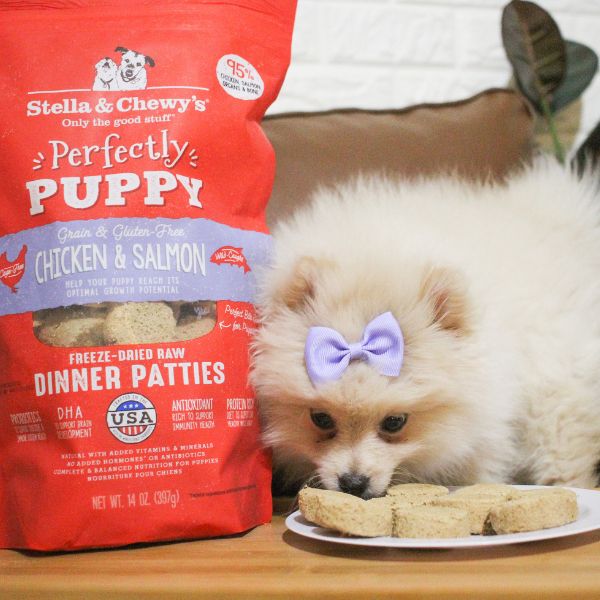
Feeding
Many first-time dog owners wonder how many times a day their new puppy should eat. Typically, puppies need to eat three to four times a day, which is easier on their still-developing digestive systems and helps maintain energy levels. Feed adult dogs twice a day, and be sure to keep an eye on portion sizes: overweight dogs have a higher risk of many chronic diseases. There are many factors that determine how much food your dog should eat, and asking your vet for advice is a great place to start.
All Stella & Chewy’s raw dog food recipes are suitable for small and medium breed puppies (meaning they’ll weigh less than 70 pounds as an adult). Contact our customer care team at info@stellaandchewys.com for large-breed puppy solutions.
Should I Feed My New Dog or Puppy a Raw Diet?
Raw dog food offers a range of benefits for dogs and puppies, including shinier coats, better dental health, and smaller stools. Stella & Chewy’s raw dog foods use responsibly sourced, premium ingredients from suppliers we trust. Every recipe provides complete and balanced nutrition, with none of the bad stuff. Learn more about transitioning your dog to a raw food diet, and learn more about our full selection of dog food.
Welcome to the Pack!
Whether you’ve just brought home a new puppy or an adult dog, the first weeks are a crucial and exciting time to bond with your new family member. Remember to approach training, food transitioning, and new social interactions with patience and understanding. To learn more, check out more dog nutrition and training guides on our blog!
GET $3 OFF, INSIDER OFFERS, AND HELPFUL PET CARE TIPS.
By entering your information, you are opting in to receive communication from Stella & Chewy's
